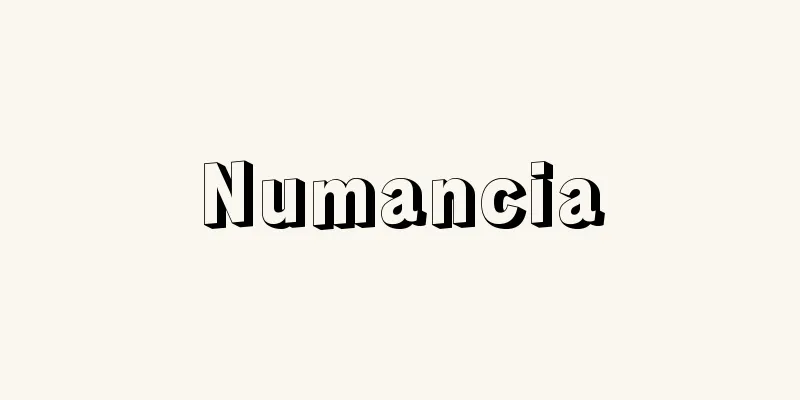Daihoonji Temple

|
A Shingon sect Chisan temple located in Mizomae-cho, Kamigyo-ku, Kyoto City. It is the 16th temple of the New Saigoku Thirty-Three Temples. The mountain name is Zuiou-san. The principal image is Shaka Nyorai. It is generally called Senbon Shakado or Kitano Shakado. It was founded in 1221 (Jokyu 3) in the early Kamakura period by Giku, the grandson of Fujiwara Hidehira. Later, in 1223 (Joo 2), Giku made a vow to build a large hall, which was completed in 1227 (Ansei 1) with a donation from a lumber merchant from Amagasaki, Settsu (Hyogo Prefecture). In order to show gratitude to the great teacher Shaka Nyorai, the temple worships Shaka Nyorai as the principal image, and the temple was named Daihoon-ji Temple. It was a place of study for the three sects of Kusha, Tendai, and Shingon. It later became a Tendai sect, and then changed to Shingon during the Edo period. During the Muromachi period, the temple's land extended to various provinces within the Kinai region, including Yamashiro, Harima, Tamba, and Kawachi. During the Edo period, it was granted a Shuinji land of 100 koku. Although the temple's buildings were destroyed by fires many times, including the Onin War, only the Shakado (main hall) remains as it was when it was first built. It is the oldest wooden building in Kyoto City, and is a national treasure, along with the altar, ridgepole, and ridgepole plaque. The principal image was created by Kaikei's disciple Gyokai, and is a national important cultural property along with the statues of the Ten Great Disciples of Shaka, created by Kaikei in his later years. The temple also houses important cultural properties such as six wooden statues of the Six Kannon Bodhisattva (with eight scrolls of sutras inside the statues) made by Jokei, and a bronze standing statue of the Buddha at birth. The temple is famous for its Okame Setsubun Festival and the daikon burning ceremony on December 7th and 8th to pray for protection from strokes and other illnesses. [Masahiro Nomura] Source: Shogakukan Encyclopedia Nipponica About Encyclopedia Nipponica Information | Legend |
|
京都市上京(かみぎょう)区溝前(みぞまえ)町にある真言(しんごん)宗智山(ちさん)派の寺。新西国(さいごく)三十三所第16番札所。山号は瑞応(ずいおう)山。本尊は釈迦如来(しゃかにょらい)。一般には千本(せんぼん)釈迦堂あるいは北野釈迦堂とよばれる。鎌倉初期、1221年(承久3)藤原秀衡(ひでひら)の孫にあたる義空(ぎくう)によって開創された。その後、1223年(貞応2)に義空は大堂の建立を発願し、摂津(せっつ)(兵庫県)尼崎(あまがさき)の材木商の寄進を受けて1227年(安貞1)に完成。大恩教主釈迦如来へ報恩謝徳のため、釈迦如来を本尊として祀(まつ)り、寺号を大報恩寺とし、倶舎(くしゃ)・天台・真言の三宗兼学とされた。その後、天台宗となり、江戸時代に真言宗となった。室町時代ころの寺領は、山城(やましろ)・播磨(はりま)・丹波(たんば)・河内(かわち)など畿内(きない)諸国に及ぶ。江戸時代には朱印寺領100石を受けている。応仁(おうにん)の乱などたびたびの火災で諸堂を焼失したが、釈迦堂(本堂)のみは創建当時のままで、京都市内最古の木造建築として、厨子(ずし)、棟木、棟札とともに国宝。本尊は快慶の弟子行快の作で、快慶晩年の作釈迦十大弟子像とともに国の重要文化財。また定慶(じょうけい)作の木造六観音(かんのん)像6躯(く)(付像内納入経8巻)、銅造誕生仏立像などの国の重要文化財を蔵する。おかめ節分会(せつぶんえ)や、中風よけ・諸病封じを祈願する12月7、8日の成道会(じょうどうえ)大根焚(た)きは有名。 [野村全宏] 出典 小学館 日本大百科全書(ニッポニカ)日本大百科全書(ニッポニカ)について 情報 | 凡例 |
Recommend
Hideyasu Yuki
Year of death: June 2, 1607 (12th year of Keicho, ...
Wahlenbergia
…They are found in the warm temperate zone from t...
phocomelia
...This drug was widely used around the world, an...
Musaeus
A 5th century Greek poet. His passionate folklore-...
Blood serum
… After blood clotting is complete, the clot (cal...
Eberhard II - Eberhard
…During the Investiture Controversy, Archbishop G...
Bienewitz, P.
…German mathematician and assomologist. His real ...
Art Therapy - Kaigaryoho
It is a technique of psychotherapy using painting....
Ammann, J.
…A sect founded in the late 17th century by Jacob...
Rasmussen, KJV (English spelling)
…The Eskimo culture was gradually clarified throu...
Large drift net fishing - Omenagashiamigyoyo
...The hauling of nets begins at around 1 or 2 am...
Kielholz, P.
...The combination of these symptoms colors the i...
NBG - NBG
… The axiom system of set theory, first presented...
Megatherium
A representative fossil genus of the family Megath...
Kibana Tochikagami - Kibana Tochikagami
…The flowers last only one day, but bloom one aft...








![Hiraka [town] - Hiraka](/upload/images/67cca5254a115.webp)
